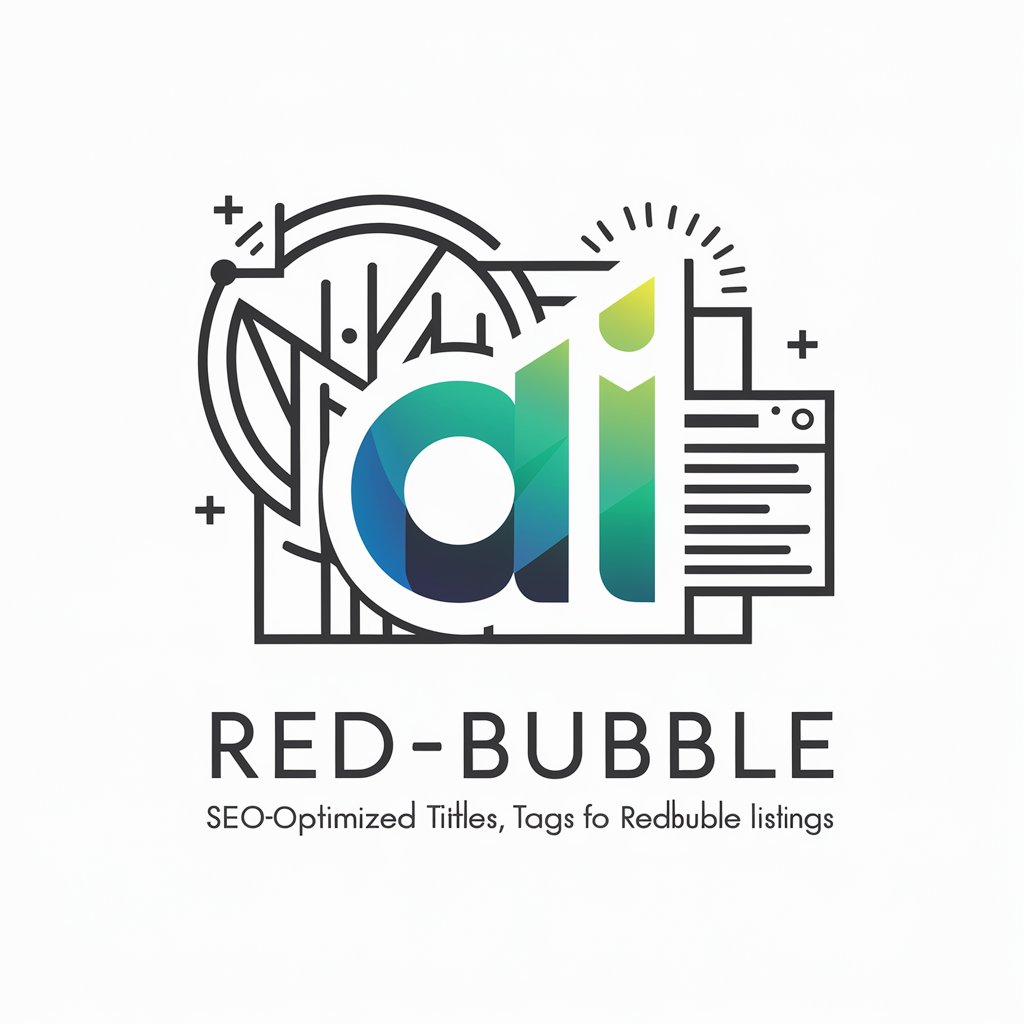10 GPTs for Visual Commerce Powered by AI for Free of 2025
AI GPTs for Visual Commerce refer to the application of Generative Pre-trained Transformers in the visual commerce sector, leveraging artificial intelligence to enhance and streamline the online shopping experience. These tools are engineered to understand and generate content that aids in visual product discovery, recommendation, and visualization, making them indispensable in digital retail environments. They are designed to interpret and respond to user inputs, providing personalized shopping experiences through the generation of accurate and appealing visual content.
Top 10 GPTs for Visual Commerce are: Keywords for Photostocks,Bilder SEO Beschreibung,Stock Image Description & Keywords,Stock Footage Metadata Generator,Stock Photo Friend,SEO Generator Auto,Product Description from Image,Multi-Language Image SEO Optimizer,Sell My Junk,Pinteresting Creativator
Keywords for Photostocks
Enhance Image Discoverability with AI

Bilder SEO Beschreibung
Enhance Visibility with AI-Powered Image SEO

Stock Image Description & Keywords
Enhancing image discoverability with AI

Stock Footage Metadata Generator
Elevate Your Stock Footage with AI

Stock Photo Friend
Enhance Your Images with AI-Powered Descriptions

SEO Generator Auto
Power Your Storefront with AI-Driven SEO

Product Description from Image
Transform Images into Compelling Product Stories

Multi-Language Image SEO Optimizer
Optimize visuals into SEO-rich content.

Sell My Junk
Turn images into compelling ads instantly.

Pinteresting Creativator
Crafting Catchy Titles with AI

Essential Attributes and Capabilities
AI GPTs for Visual Commerce stand out due to their adaptability across various complexity levels, from generating simple product descriptions to complex visual simulations. Key features include sophisticated image creation tailored to product marketing, advanced language understanding for customer interaction, technical support via chatbots, and data analysis for personalized shopping experiences. These tools are distinguished by their ability to learn and evolve, ensuring that visual commerce platforms remain competitive and engaging.
Intended Users
These tools are ideal for a broad audience, ranging from ecommerce novices to seasoned developers and marketing professionals in the visual commerce sector. They offer an intuitive interface for users without programming knowledge, while also providing powerful customization options for those with technical skills, making these GPTs versatile assets in creating personalized and compelling visual commerce experiences.
Try Our other AI GPTs tools for Free
Clinic Finder
Discover the power of AI GPTs for Clinic Finder – your personalized guide to quickly finding the best healthcare services tailored to your needs.
Note Collaboration
Discover how AI GPTs for Note Collaboration revolutionize team documentation, offering real-time AI suggestions, summarization, and seamless integration for improved productivity.
Narrative Decision
Explore AI GPTs for Narrative Decision: the future of storytelling and content creation. Discover tools designed to enhance narrative analysis and decision-making.
Breakup Advice
Discover AI-powered breakup advice tools designed to provide empathetic support and personalized guidance during tough times.
Self-Worth Empowerment
Discover how AI GPTs for Self-Worth Empowerment can enhance your journey towards personal growth and improved self-esteem, offering tailored support and guidance.
Device Wallpapers
Discover personalized, AI-generated wallpapers for your devices. Experience dynamic, high-quality backgrounds tailored to your style and preferences.
Further Perspectives on Customized Solutions
AI GPTs for Visual Commerce exemplify how customized AI solutions can revolutionize sectors by enhancing user interfaces and integrating with existing workflows for seamless operations. Their adaptability and learning capabilities enable businesses to stay ahead in the fast-paced digital retail environment, providing users with unique and personalized shopping experiences.
Frequently Asked Questions
What are AI GPTs for Visual Commerce?
AI GPTs for Visual Commerce are artificial intelligence tools designed to support and enhance online shopping experiences through the generation and interpretation of visual content.
How do these tools enhance the online shopping experience?
They improve the shopping experience by providing personalized visual content, product recommendations, and interactive customer service, thus making online shopping more engaging and efficient.
Can non-technical users operate these AI tools effectively?
Yes, these tools are designed with user-friendly interfaces that allow non-technical users to leverage AI capabilities for visual commerce without the need for programming knowledge.
What customization options are available for developers?
Developers can access advanced features and APIs for custom integrations, enabling them to tailor the AI's functionality to specific business needs and workflows.
How do these AI tools handle data privacy and security?
AI GPTs are developed with strict data privacy and security measures in place, ensuring that user data is protected in accordance with global standards.
Can these tools integrate with existing ecommerce platforms?
Yes, they are designed for seamless integration with existing ecommerce platforms, enhancing their capabilities with AI-driven visual commerce features.
What makes AI GPTs for Visual Commerce unique?
Their unique ability to generate personalized and appealing visual content in real-time sets them apart, offering a competitive edge in the digital retail space.
Are there any limitations to the use of these AI tools in visual commerce?
While highly versatile, the effectiveness of these tools can be influenced by the quality of input data and the specific requirements of a visual commerce platform, necessitating ongoing tuning and customization.